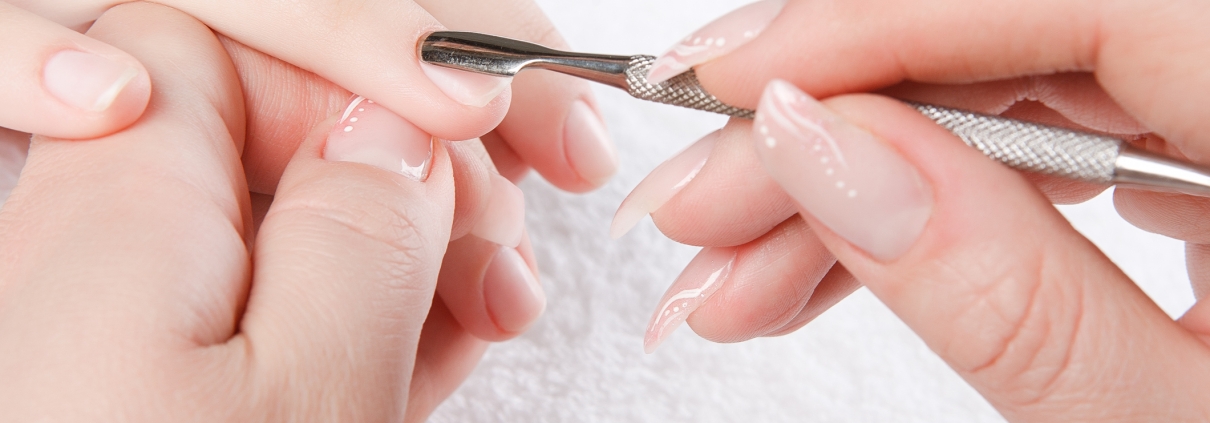How Often Should You Check Up on Your Nail Health?
Nail health is an essential aspect of overall wellness that often gets overlooked. Regularly monitoring and maintaining your nails can help prevent a host of problems, from fungal infections to signs of systemic diseases. But how often should you be checking up on your nail health? This article explores the recommended frequency for nail health check-ups and offers practical tips for keeping your nails in top condition.
Daily Self-Inspection
Routine Observation:
Frequency: Daily.
What to Look For: Changes in color, texture, and shape; signs of brittleness or splitting; any new spots or lines.
Why It Matters: Regular observation helps you catch any abnormalities early, such as discoloration or signs of infection. Early detection can lead to prompt treatment, preventing more serious issues.
Nail Hygiene:
Frequency: Daily.
Routine: Clean your nails regularly to remove dirt and bacteria. Moisturize your nails and cuticles to keep them hydrated.
Why It Matters: Proper hygiene helps prevent infections and maintains the strength and flexibility of your nails.
Weekly Maintenance
Nail Trimming and Filing:
Frequency: Once a week.
Routine: Trim your nails straight across and file the edges to smooth out any rough spots.
Why It Matters: Regular trimming prevents nails from becoming too long and reduces the risk of breaks or injuries.
Cuticle Care:
Frequency: Weekly.
Routine: Gently push back cuticles using a cuticle stick and moisturize them.
Why It Matters: Taking care of your cuticles prevents hangnails and infections, keeping the nail bed healthy.
Monthly Check-Ups
In-Depth Inspection:
Frequency: Once a month.
Routine: Examine your nails under good lighting for any signs of unusual changes, such as dark spots, ridges, or new lines.
Why It Matters: A thorough monthly inspection can help identify potential issues that might have been missed during daily checks.
Nail Health Journal:
Frequency: Monthly.
Routine: Keep a journal of any changes or issues with your nails.
Why It Matters: Tracking changes over time can help you and your healthcare provider identify patterns and potential underlying health issues.
Seasonal Considerations
Hydration and Moisturization:
Signs You Need an Immediate Check-Up
Persistent Pain or Discomfort: Any ongoing pain or sensitivity in the nail area should be checked by a healthcare professional.
Sudden Changes: Rapid changes in nail color, texture, or shape require immediate attention.
Infection Symptoms: Redness, swelling, pus, or a foul odor around the nail should be addressed promptly to prevent the spread of infection.
Unexplained Discoloration: Dark spots or streaks that appear without injury should be evaluated to rule out serious conditions such as melanoma.





